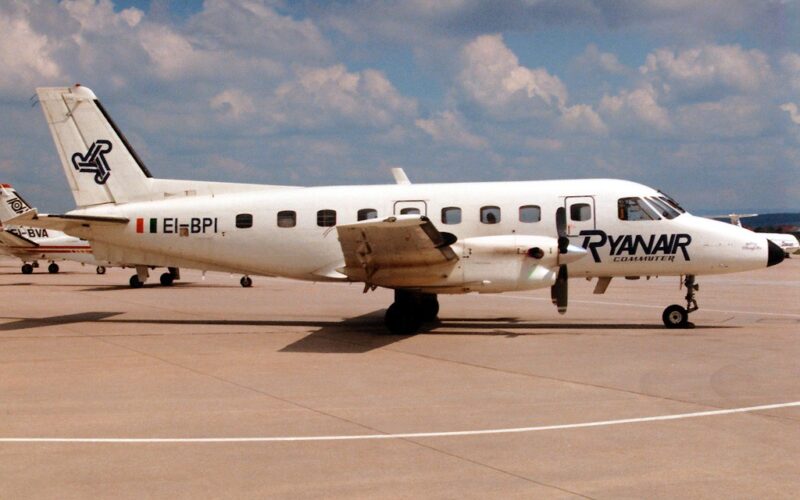2024 marks 40 years since the incorporation of Ryanair. Now Europe’s largest airline both in terms of aircraft fleet size and passengers carried annually, Ryanair started from surprisingly humble beginnings.
AeroTime investigates the history of the carrier, from flying a single turboprop aircraft on just one regional route between Ireland and the United Kingdom (UK) to the pan-European megacarrier it is today.
Ryanair – the beginning
The story of Ryanair begins in the middle of 1984. The company was founded by three Irish businessmen – Tony Ryan (the founder of Irish aircraft leasing company Guinness Peat Aviation), Christopher Ryan, and Liam Lonergan, the owner of Irish travel firm Club Air. Tony Ryan’s two sons also took leading roles in the startup, with Cathal Ryan bringing his flying experience as a pilot while Declan Ryan offered financial expertise gained while working as an accountant.
The early plan for the nascent airline was to tackle the issue of high airfares being charged to passengers flying across the Irish Sea between Ireland and the UK. The incumbent airlines (Aer Lingus and British Airways) enjoyed a virtual duopoly on routes between the Irish Republic and airports in Great Britain, with almost total freedom to fix their own airfares. Ryanair wanted to address this issue by offering cheaper fares than those being charged by legacy carriers while still offering a safe and reliable air service.
Having been legally incorporated on November 28, 1984, Ryanair’s first flight took to the skies eight months later on July 8, 1985, using a single aircraft and 25 employees. The airline’s first aircraft was an Embraer EMB-110P1 Bandeirante, which was around five years old when it began operating for the airline. Registered as EI-BPI, the plane carried just 15 passengers and was dedicated to the airline’s only route, flying between Waterford (WAT), a regional airport in the south-east of Ireland, and London-Gatwick Airport (LGW). These early flights were operated the brand name ‘Ryanair Commuter’ with corresponding titles being worn on the side of the aircraft.
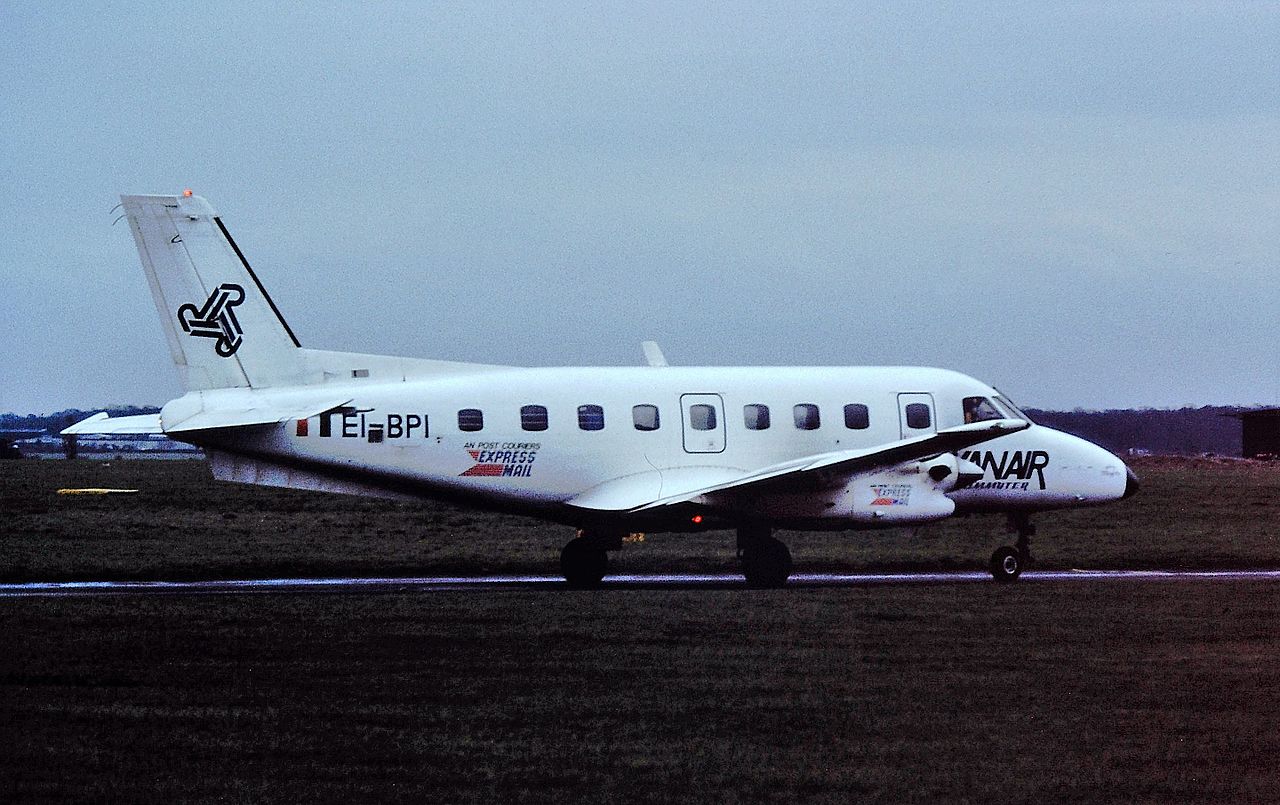
Ryanair’s first flights were offered at a return fare of just £99 ($126), which was less than half that being charged by Aer Lingus and British Airways. Predictably, the competitors soon began to drop their own fares in response to Ryanair’s arrival, in what became one of Europe’s first airline pricing wars. Ryanair flew around 82,000 passengers in its first year of operations on its single route, and having quickly established that it had a viable business model, soon looked to expand both its fleet and route network.
Wishing to expand further across the Irish Sea, Ryanair moved its Waterford service to London-Luton Airport (LTN) to take advantage of the wide availability of slots at that airport while also benefitting from the large Irish community located north of London and well within Luton’s catchment area.
In 1986, the airline’s sole Bandeirante was supplemented with the acquisition of two Rolls-Royce Dart-powered Hawker Siddeley HS 748s (registered EI-BSE and EI-BSF). The arrival of these new aircraft allowed Ryanair to start a new high-frequency service between Dublin (DUB) and Luton, operating several flights per day each way in peak travel periods.
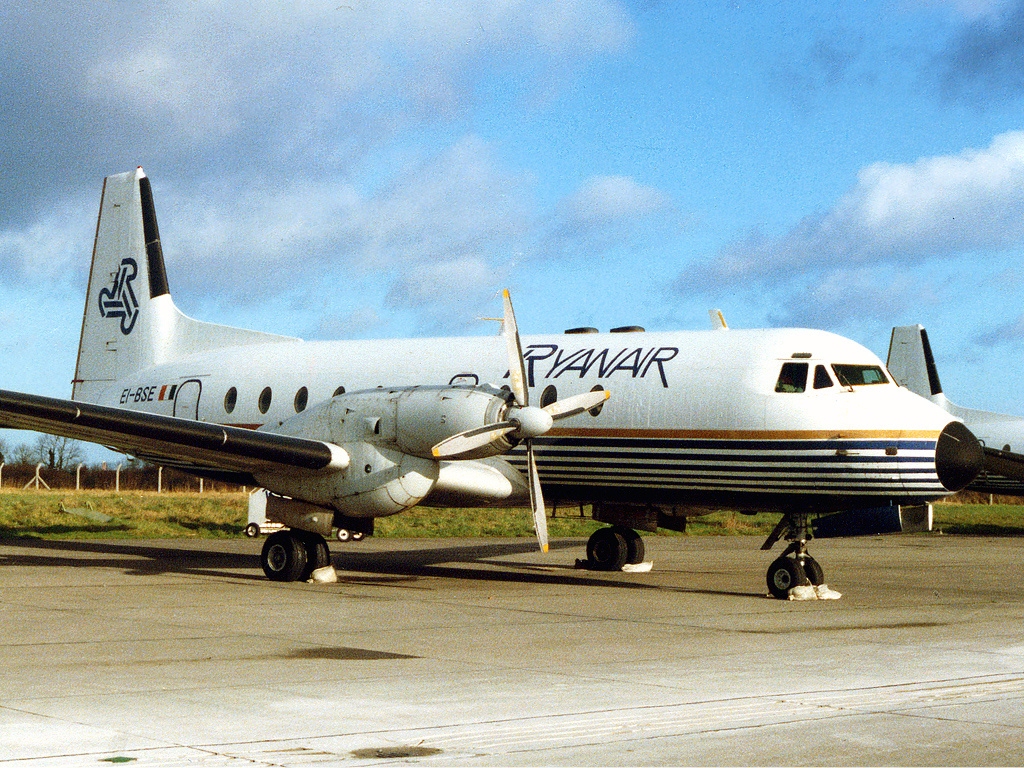
The addition of the larger turboprops proved to be a shrewd decision by Ryanair executives. Offering an increased capacity of three times that offered by the Embraer (46 seats versus 15) the airline soon saw its passenger numbers begin to rise substantially. The Bandeirante was eventually disposed of leaving Ryanair with the two HS748s for a short time, although these were supplemented by a Convair 580 leased from Norwegian airline Partnair for a few months.
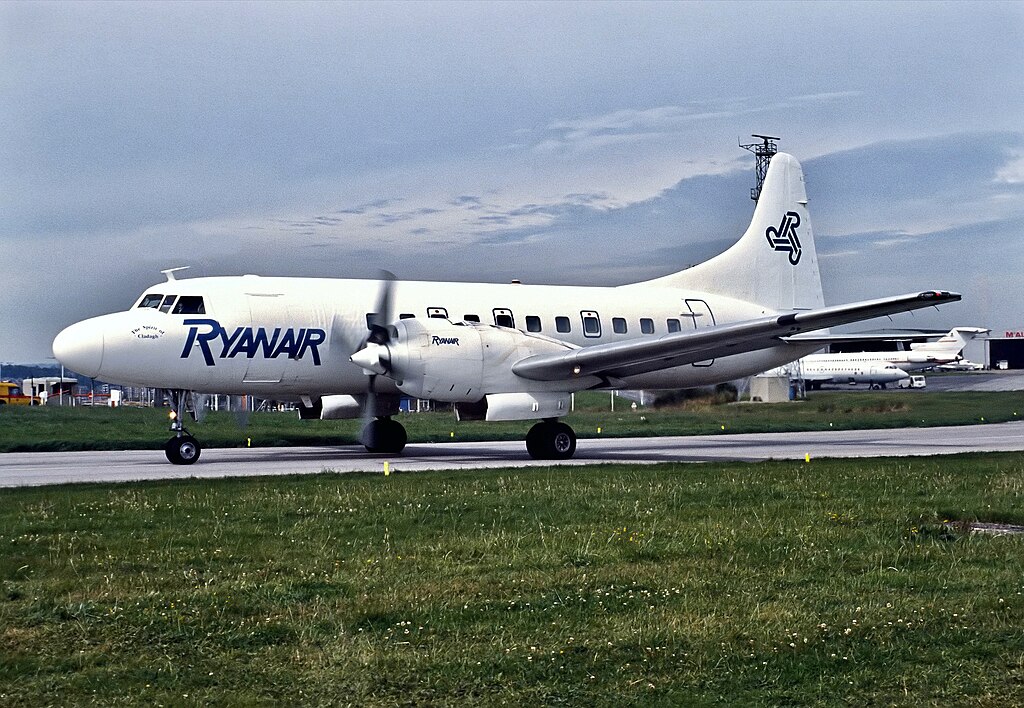
However, new metal was on its way to allow the carrier to keep pace with the surging demand for its services.
Ryanair enters the jet age
To equip its fleet adequately to keep up with demand, in 1987, Ryanair entered the jet age for the first time. The company leased three BAC1-11 aircraft from TAROM Romanian Airlines. Seeing the success that large, faster jet aircraft could offer, these initial three aircraft were joined by a further three the following year. The 1-11s quickly became the new backbone of the Ryanair fleet, being used on all its major routes.
Additionally, at the end of 1987, Ryanair took over the failing Luton-based airline London European Airways and relaunched the carrier as Ryanair Europe, operating flights from Luton to Amsterdam (AMS) and Brussels (BRU) using a single leased BAC 1-11.
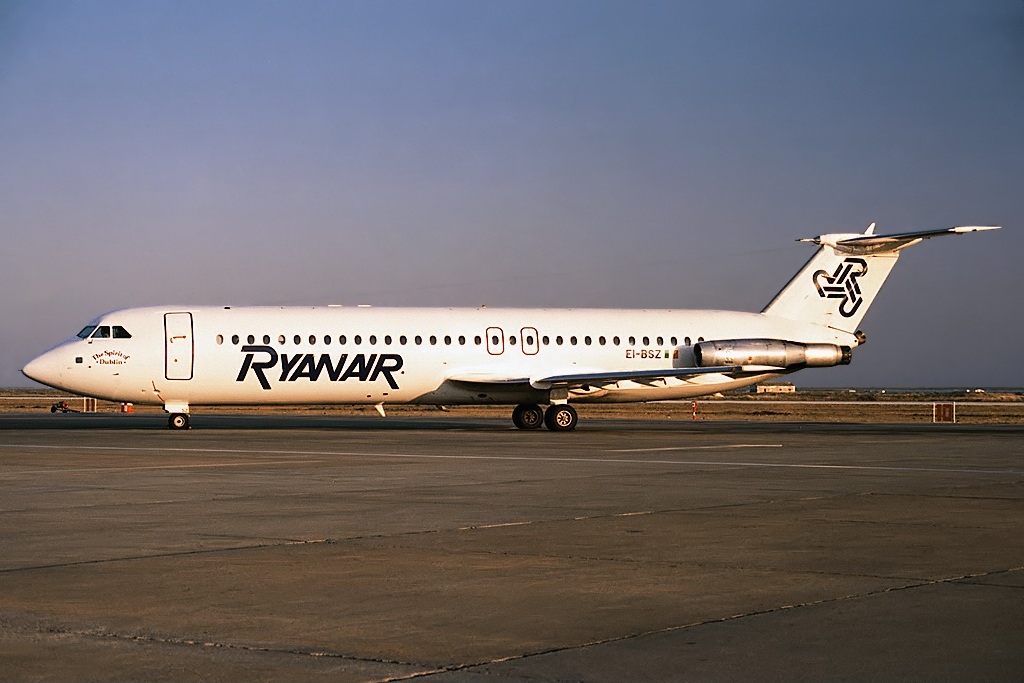
In September 1988, Ryanair further bolstered its fleet by adding the first of four ATR42s that the airline would eventually operate. Eventually replacing the aging HS748s, all four ATR42s would be operating by 1991, allowing Ryanair to expand its route network further.
By the early 1990s, the carrier was operating on 15 routes. Passengers originating in Dublin had the choice of flights to Cardiff (CWL), Glasgow (GLA), Liverpool (LPL), and Manchester (MAN). The airline also took the opportunity to expand at Luton, commencing new services to Galway (GWY), Cork (ORK), Shannon (SNN), and Knock (NOC), supplementing the existing services to Dublin and Waterford. By 1992, Ryanair had a fleet of 10 aircraft including six 1-11s and four ATR42s, along with almost 1,000 employees.
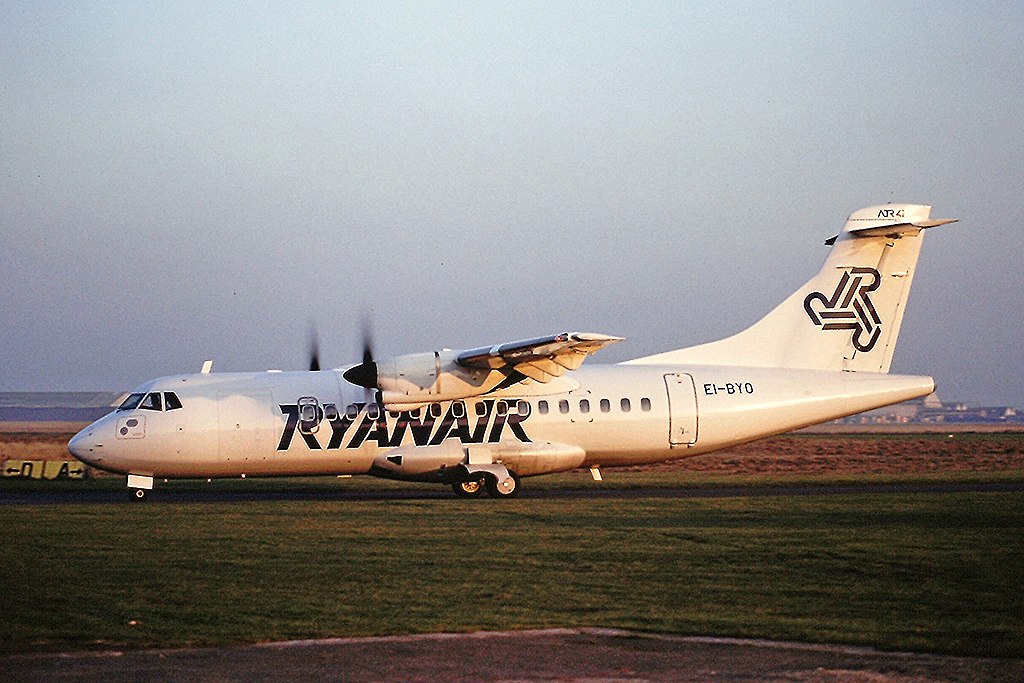
Around this time, noting that certain routes were more profitable than others, the Ryanair directors began to become savvier in their future strategy. Noting how certain carriers in the United States (US) had reduced offering additional ‘frills’ onboard (such as free food and beverages) to reduce costs and increase revenues, Ryanair decided to scrap its two-class service (that had included a business class up until that point), along with its fledgling frequent flyer program.
The airline also decided to follow the lead set by Southwest Airlines in the US by focusing its fleet on a single type of aircraft in the form of the BAC 1-11s, which resulted in the disposal of the ATRs. In 1990, the airline adopted what we would recognize today as a truly ‘low-cost’ model by ending all food and drink onboard. The transition to become one of Europe’s low-cost pioneers proved to be an astute one. 1991 became the airline’s first profitable year of operations, making £293,000 ($372,000) for the year.
In the middle of 1991, the airline transferred its primary London operating hub from Luton to the newly developed and re-opened London-Stansted Airport (STN). Having spotted the capacity for substantial growth offered by the latter, along with a huge new terminal and excellent surface links to central London, Stansted would become and remains Ryanair’s largest hub across its Europe-wide network.
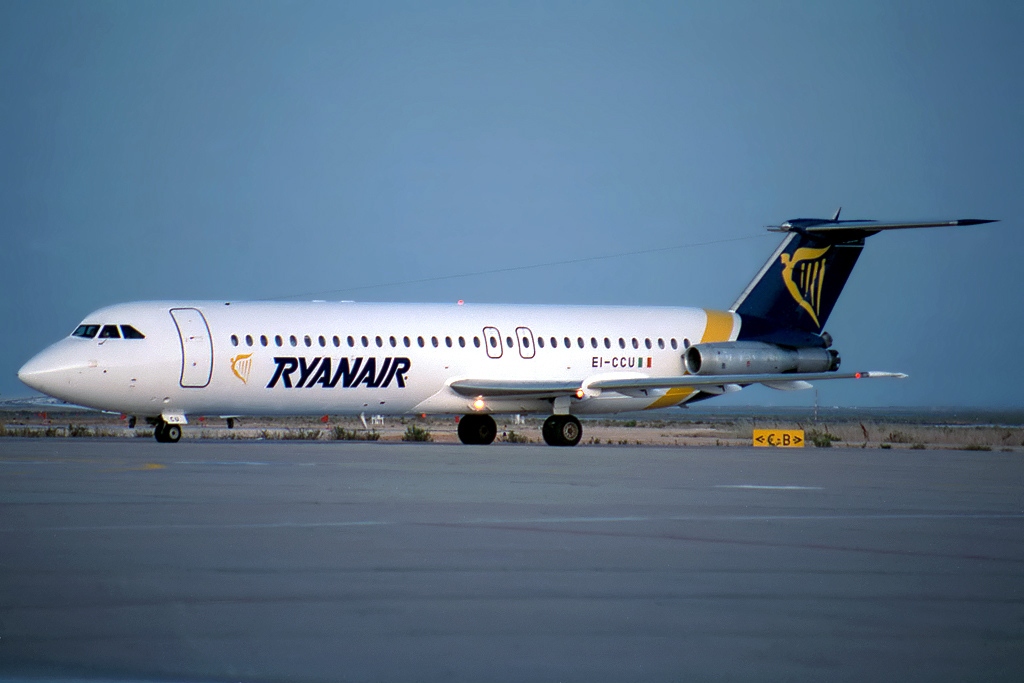
With the switch to becoming a low-cost airline and concentrating on utilizing just one aircraft type, Ryanair’s continued growth was all but assured. Throughout the early 1990s, Tony Ryan and his assistant, Michael O’Leary, were building an airline, the strength and potential of which were increasing exponentially. Recognizing the real threat posed by the new disruptor, in 1993 Aer Lingus made a bold £25 million offer to buy Ryanair. However, spurred on by the audacity of this offer, Ryanair responded by overtaking both Aer Lingus and British Airways as the largest commercial carrier flying between Dublin and London at that time.
European expansion and the arrival of Boeings
In 1995, Ryanair decided to modernize its fleet by disposing of its BAC 1-11s and replacing them with used Boeing 737-200s. The addition of the larger planes, each seating 130 passengers, allowed Ryanair to fully exploit the newly liberalized air services policy across the European Union, known as ‘Open Skies’.
In 1997, the carrier launched its first four European routes under the Ryanair brand, with new routes from both London-Stansted and Dublin. Stockholm-Bromma (BMA), Oslo-Torp, Paris-Beauvais (BVA), and Brussels-Charleroi (CRL) were the first European cities to be served, with others being quickly added to the network as more 737-200s joined the fleet. By the end of 1997, the airline had carried 3.73 million passengers in that year alone.
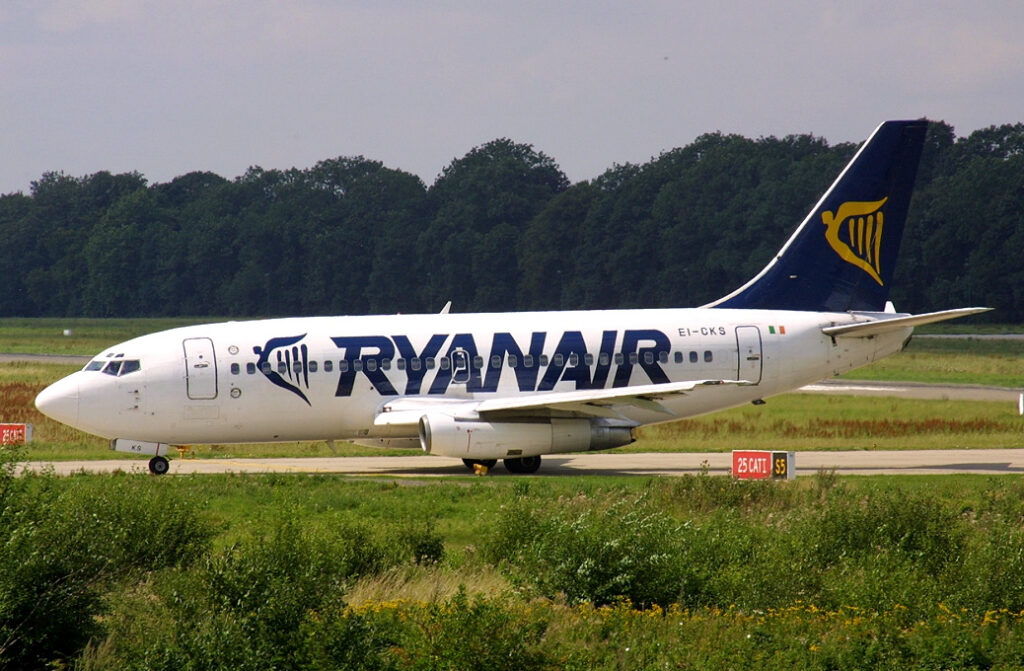
In 1998, buoyed by the tremendous success it was seeing on its European network, along with how well the traveling public had taken to the introduction of the Boeing 737s, Ryanair took a giant leap of faith by ordering 45 Boeing 737-800s directly from the manufacturer at a cost of $2 billion. This was the first time that Ryanair carrier had placed orders for brand-new aircraft, and even at that time, was reported to have driven a hard bargain to secure the aircraft for as low a price as it could from Boeing.
Seeing a growing trend for online sales via an emerging global phenomenon known as the Worldwide Web (later, the Internet), Ryanair launched its first website in January 2000 to coincide with the new millennium. Fellow airline easyJet had also launched its own website around the same time and was reporting remarkable results from the way that the public could now book air travel directly with an airline. Accepting online bookings meant carriers no longer had to pay commissions to travel agents, boosting their bottom lines enormously.
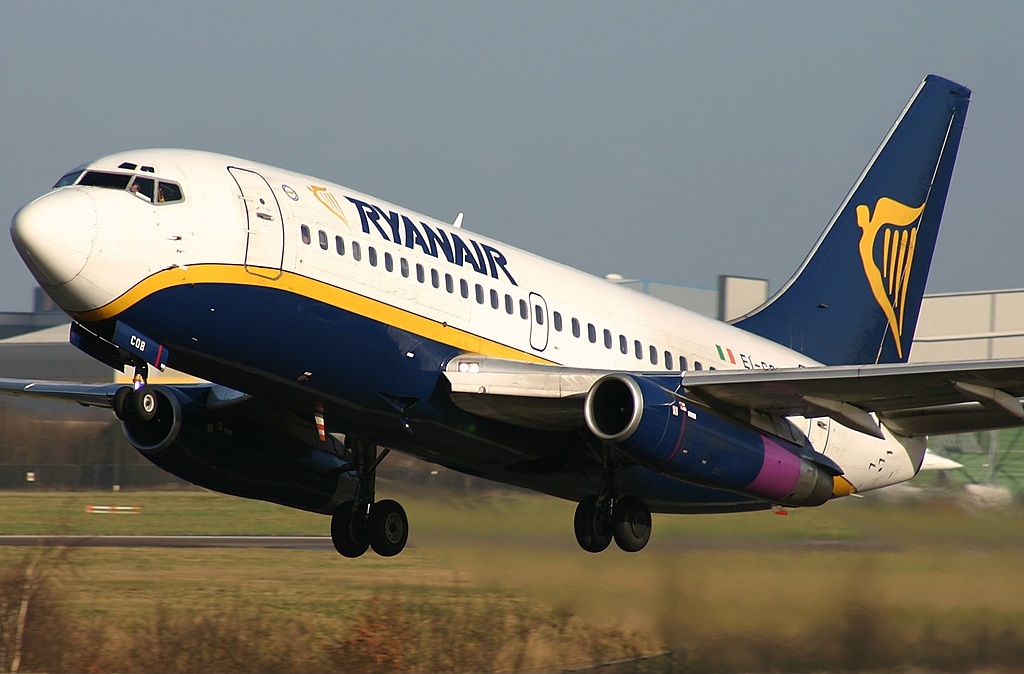
The first Ryanair booking website was designed by 17-year-old schoolboys at a cost of just £20,000 ($25,400). While rudimentary in both its design and functionality, Ryanair was so convinced that the future of air travel lay in online bookings, that the company decided to cease dealing with travel agents entirely, and only accept bookings made via its website from that point on.
Further growth and subsidiaries
By 2002, the airline had firmly established itself on a course where a stratospheric year-on-year increase in passengers seemed guaranteed. With this firmly in mind, the original order for 45 Boeing 737-800s was increased to 125 airplanes, with further options for another 125. By the end of 2009, the airline was carrying around 67 million passengers annually, at an average fare of a mere €35 ($37).
It was by this stage that the success of Ryanair’s quest for complete dominance of the European air travel market was assured. By 2010, the airline operated a fleet of 272 Boeing 737-800 aircraft and had opened new bases across Europe. By the end of that year, the airline had 44 bases and over 1,300 routes.
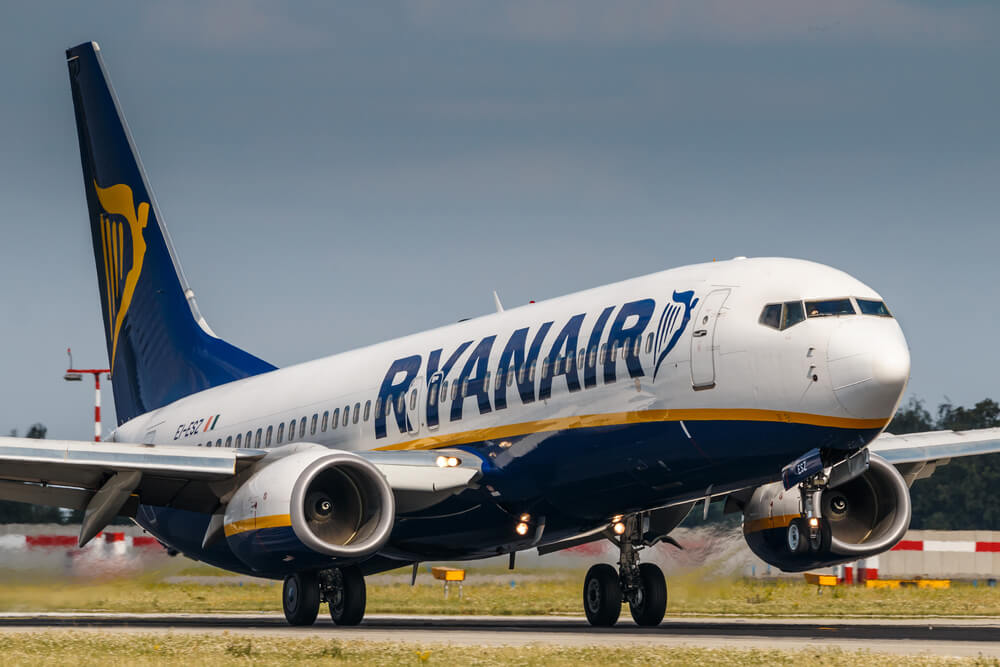
In 2013, the company went on another shopping spree at Boeing, ordering a further 175 737-800s. However, within a year, this latest order had been increased to 183 Boeing 737-800 aircraft, with an additional order for 200 of the manufacturer’s newest version of the Boeing 737 family – the 737 MAX 8. The Ryanair order called for a new variant of the MAX 8 to be developed. Known as the 737 MAX 8200, with additional seats permitting over 200 passengers to be carried on each aircraft, the type was given the nickname ‘The Gamechanger’ by the airline.
In 2015, marking 30 years of operations, Ryanair decided to step up its ambitions of becoming a truly pan-European airline group. In April 2018, the company launched a new Polish subsidiary known as Ryanair Sun, which it eventually rebranded as Buzz. The setting up of a new Polish-based airline helped Ryanair to lower its costs, as moving crew to a Polish company saved it money. The employees taken on by the new sister company were also employed as self-employed contractors with fewer rights and restructured pay levels.
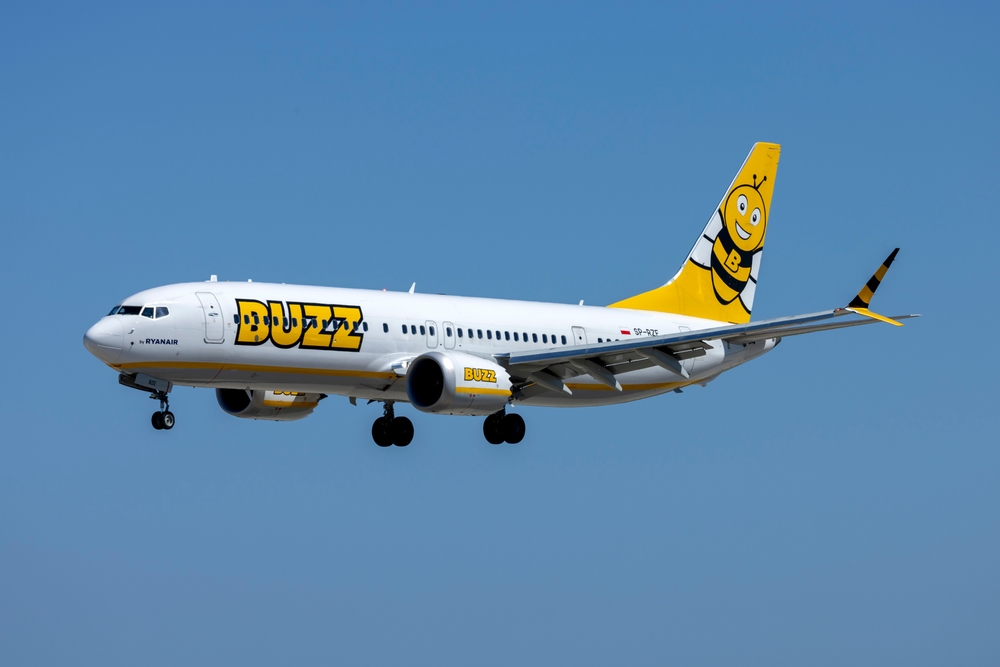
Ryanair’s second subsidiary was the UK-based Ryanair UK which began operations in December 2018. Ryanair UK was primarily formed to handle the potential complications posed by Brexit (the UK voting to leave the European Union) and the implications for UK operations for a European airline.
Also in 2018, Ryanair took a shareholding in struggling Austrian carrier, Laudamotion, which it eventually took over entirely later that same year, renaming it Lauda Europe and relocating it to Malta. Although primarily an Airbus A320 operator, the acquisition of Laudamotion also provided the Ryanair Group with a further European AOC where it could set revised levels of pay and conditions.
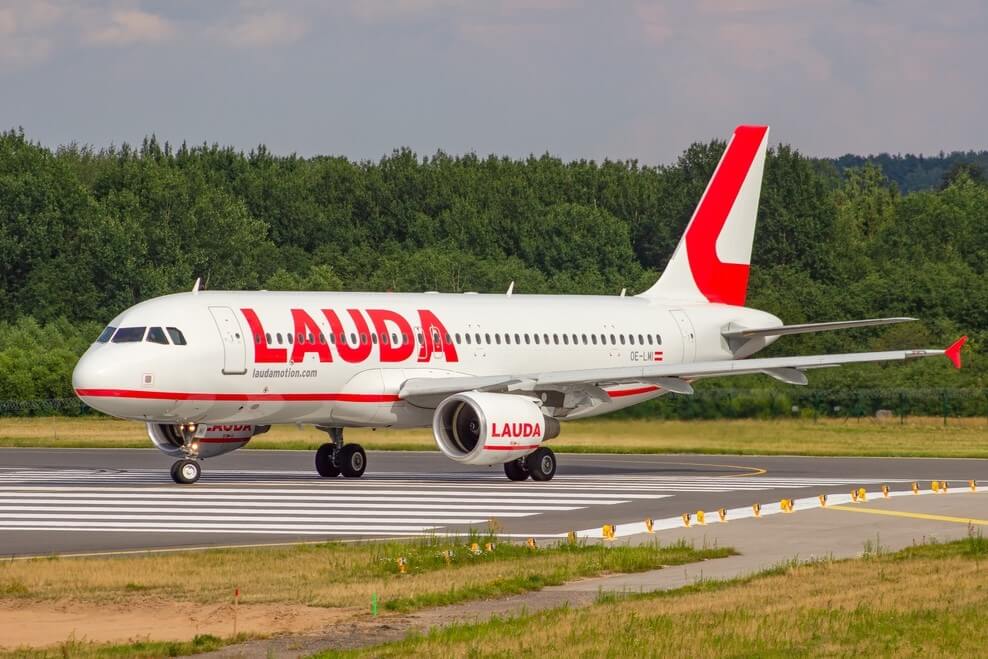
Not content with having AOCs in Ireland, the UK, Malta, and Poland, the Ryanair Group completed its European expansion program (for now, at least) by setting up another Maltese carrier – Malta Air. With the national carrier of Malta (Air Malta) faltering, the Maltese government set about to find a partner that could help it establish a new flag carrier for the Mediterranean island nation. Malta Air was born out of that exercise, with both the Maltese government and Ryanair taking shareholdings in the newly formed airline.
Since then, the Maltese government has wound up Air Malta, although has since started a new national airline known as KM Malta Airlines. Meanwhile, Ryanair’s Malta Air has gone on to expand beyond just operating flights to the island, also operating on other routes and services on Ryanair’s behalf across Europe.
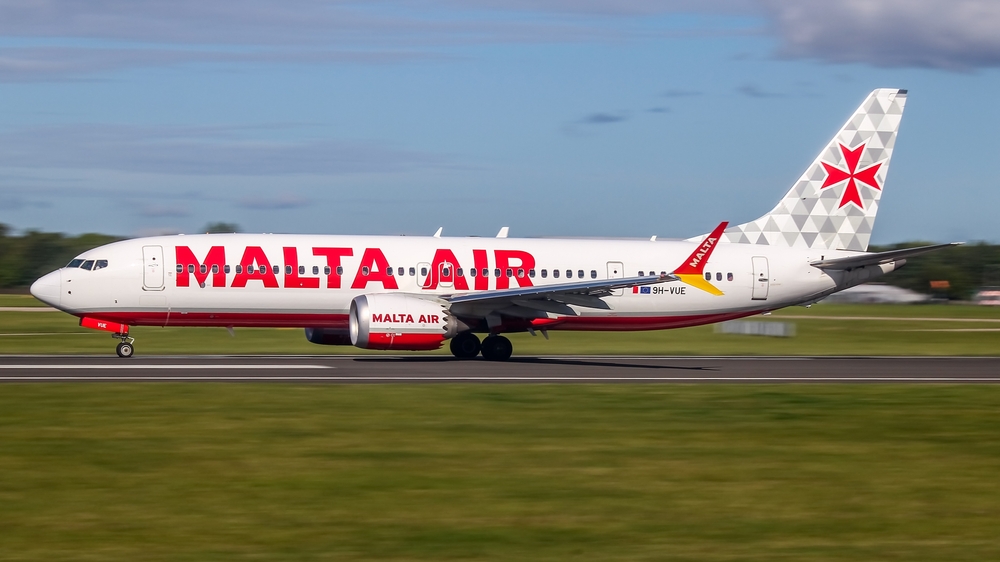
While Buzz and Lauda Europe operate as separate entities, for branding and recognition in their home-grown markets, Malta Air forms a crucial part of the Ryanair Group machine. Malta as a nation offers companies various tax and other financial benefits. Therefore, having numerous aircraft operating on the Maltese register and based in Malta offers Ryanair numerous advantages.
Ryanair today
The Ryanair group of airlines has become unrecognizable from where it first started. From a single 15-seat turboprop to a giant European airline in just four decades. According to the airline’s own website, Ryanair currently serves 240 destinations across 35 countries and operates 3,600 daily flights.
In 2023, the airline carried 181.8 million passengers, representing a staggering 13% growth in passenger numbers over 2022. Its average booked load factor also increased from 92% in 2022 to 94% in 2023. In December 2023 alone, Ryanair operated approximately 72,500 flights and carried a total of 12.54 million passengers – a 9% increase over December 2022.
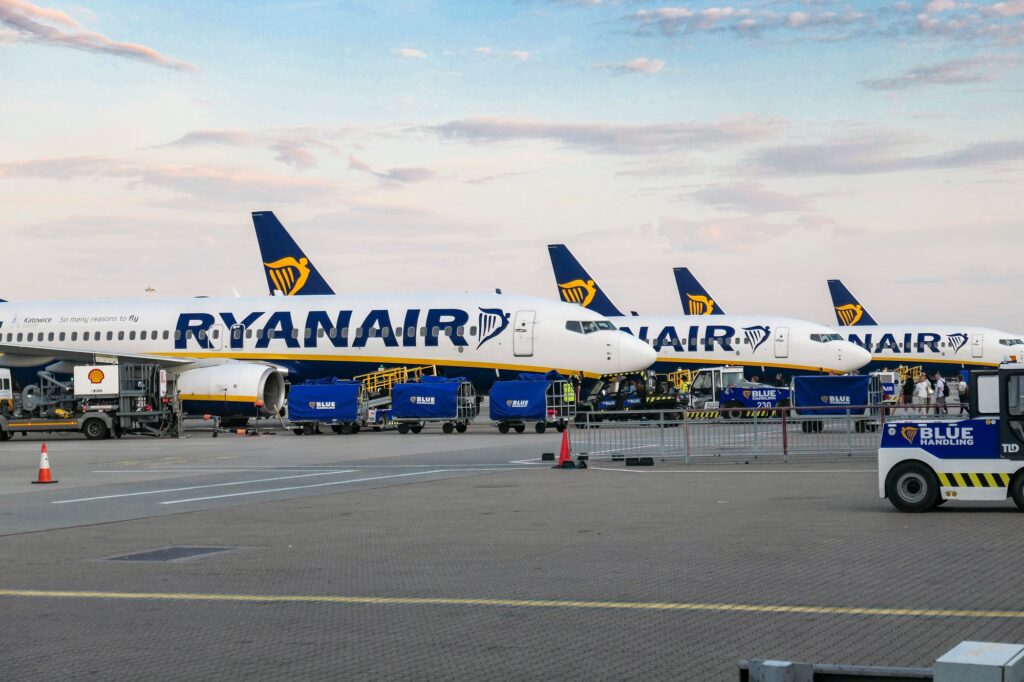
In terms of its fleet, according to ch-aviation, the Ryanair Group of airlines has an impressive 397 Boeing 737-800s currently on its books, alongside 142 Boeing 737 MAX 8200s. Lauda Europe has a current fleet of 28 Airbus A320s. The airline also has a further 68 MAX 8200s or order, along with 150 of the largest 737 variant – the 737 MAX 10.
The company also has a single Boeing 737-700 in its fleet (registered SP-RUM) which serves a dual purpose. The company uses this plane primarily for crew training purposes, as pilots can be trained on this aircraft but are also able to operate the larger Boeing 737-800s and MAX 8200s when flying commercial sectors, due to the commonality between the types. When not being used for crew training, Ryanair often uses this aircraft to shuttle senior managers around the airline’s network. However, for a short spell in 2016, the plane was used for private corporate charters. The plane was configured with 60 business class leather seats which featured 48 inches of pitch in a four-abreast configuration. This venture was short-lived, however.
A little-known fact about Ryanair is that the carrier also has four LearJet 45s on its books. Registered M-ABEU, M-ABGV, M-ABJA, and M-ABRB, and with ages ranging from 12 to 21 years old, the planes are used primarily to fly engineers and spare parts around the Ryanair network. The small fleet allows for the carrier to deploy engineering services anywhere on the carrier’s network to deal with aircraft that are unable to operate due to technical issues. The Learjets are all leased from Isle of Man-based Aviation Leasing (IOM) Limited, hence their ‘M’ prefixed registrations.
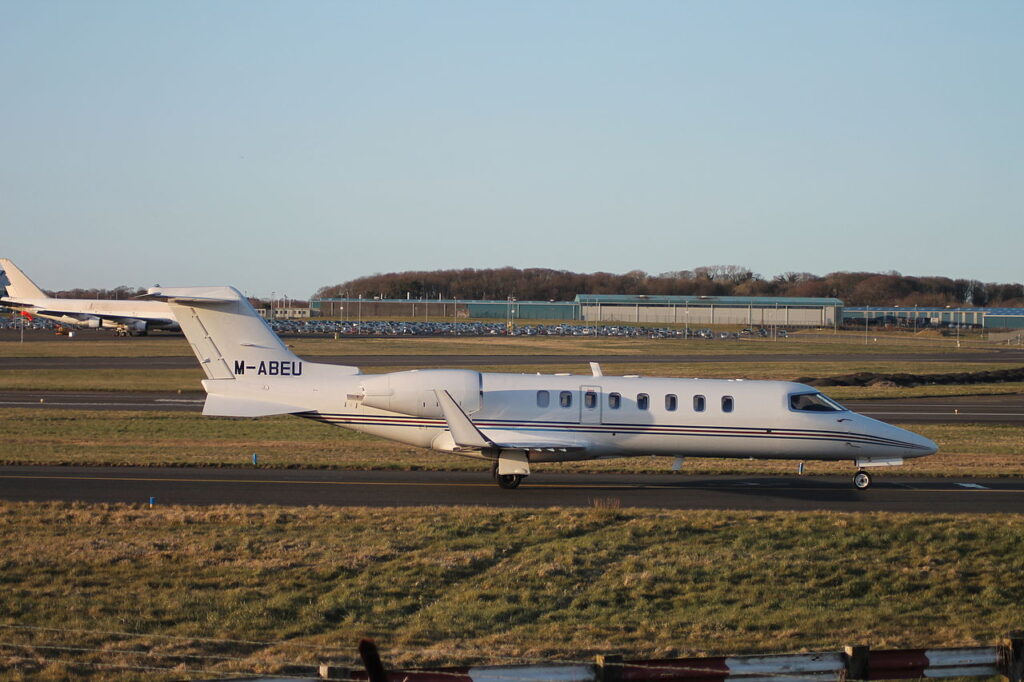
In January 2024, to take advantage of issues affecting Boeing and its 737 MAX production line, Ryanair announced that it would also consider taking on any orders for Boeing 737 MAX 10s that might become available if US carriers cancel any of their orders for the type. United Airlines seems to be the most likely of these carriers, as it has 277 MAX 10s on order with options for a further 200. However, the airline is rumored to have begun negotiations with Airbus over a large A321neo order to replace these 737 MAX 10 orders.
Conclusion
In the 40 years since Tony Ryan, his sons, and his business partners first sat down to discuss starting an all-new Irish airline, the name Ryanair has become synonymous with low-cost air travel, not only within Europe but worldwide. From that single Embraer Bandeirante hopping across the Irish Sea with just 15 passengers in the mid-80s to the low-cost leviathan it has become today, Ryanair has certainly found its niche in global air travel.
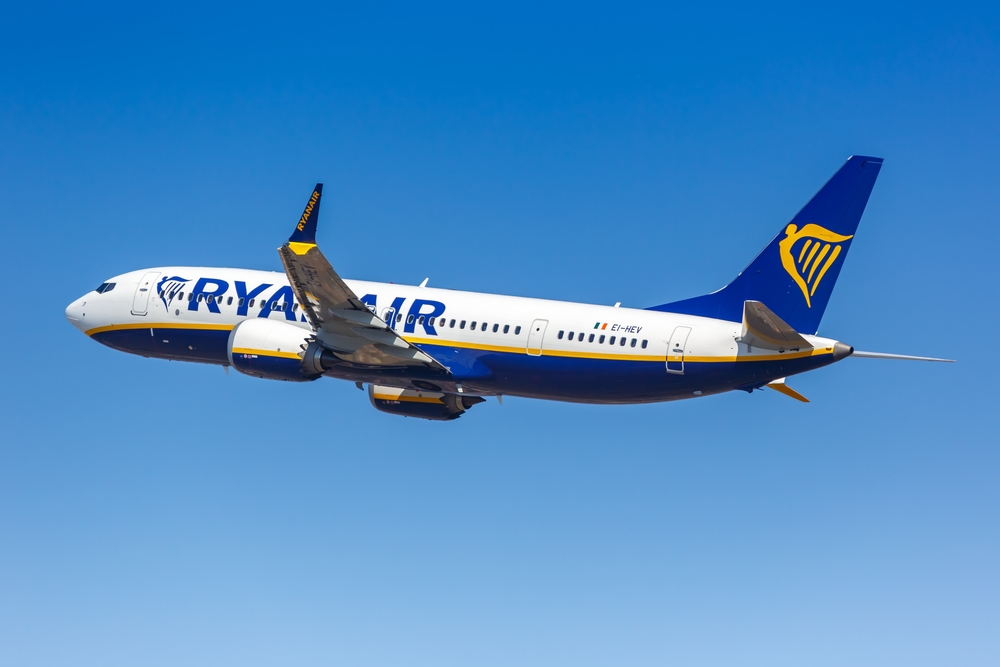
While traveling on the airline may not be to everyone’s taste and may often be the focus of scathing public criticism from time to time, the tumultuous success of the airline in just four decades cannot be ignored.
Whether you love or loathe Ryanair, the company has undoubtedly become a remarkable success story in terms of pioneering low-cost air travel across Europe and beyond. And given its steadfast drive for success alongside a steely determination for market dominance, the enduring success story of Ryanair shows no sign of ending any time soon.

